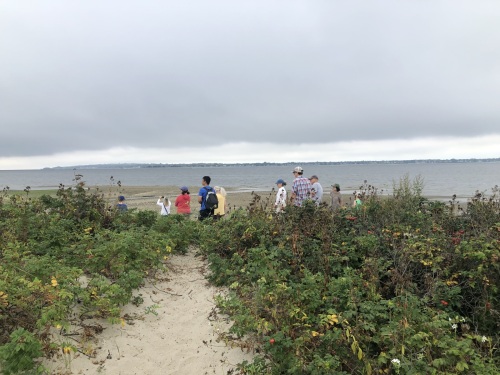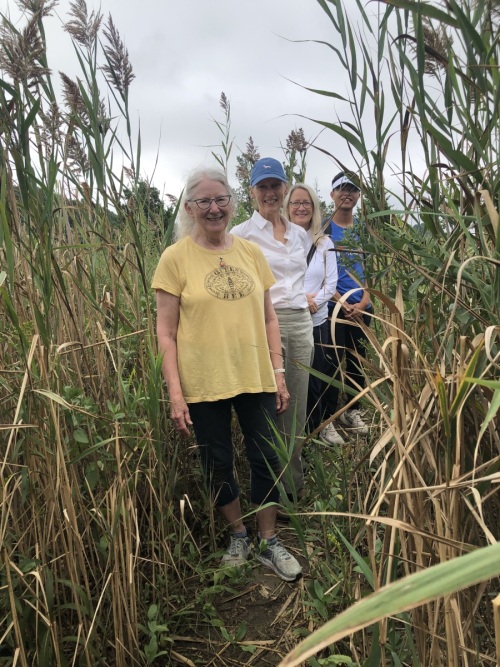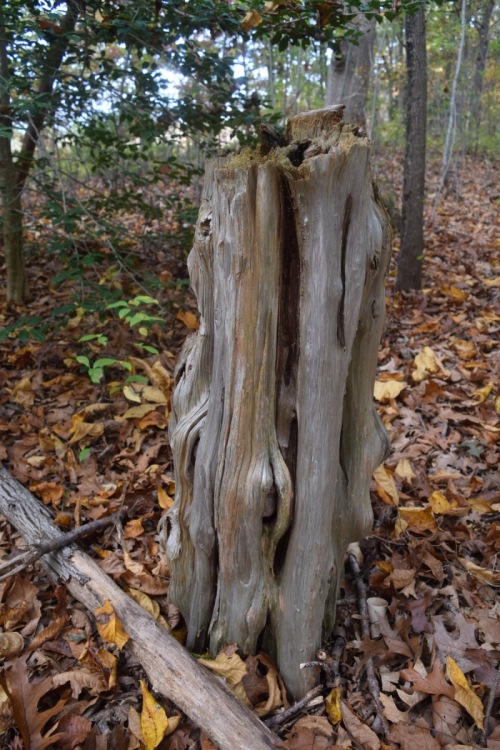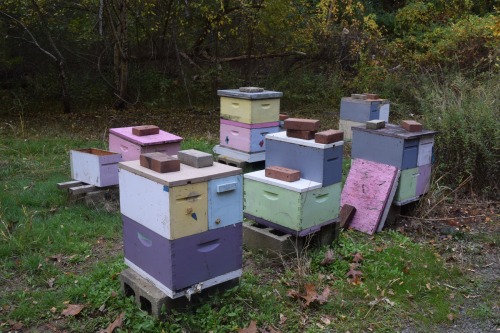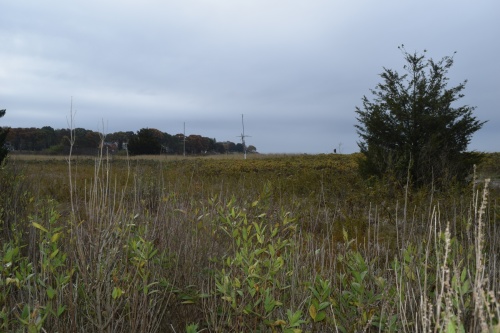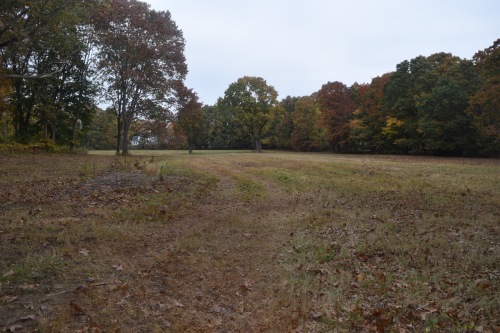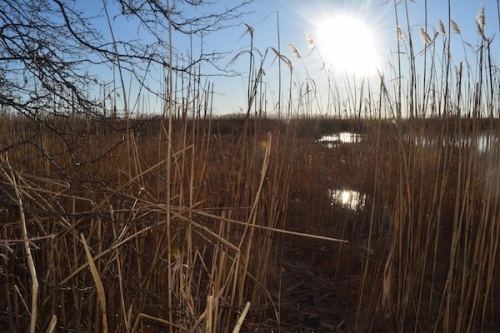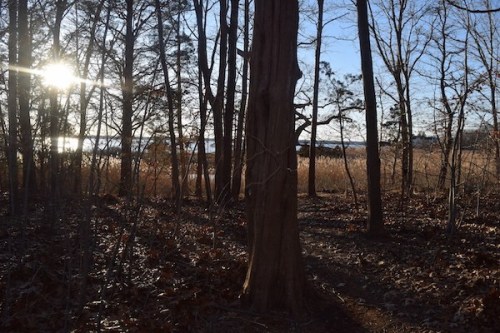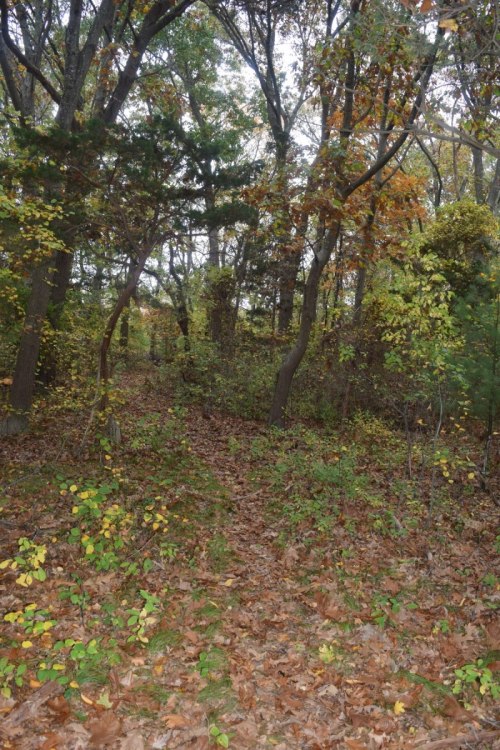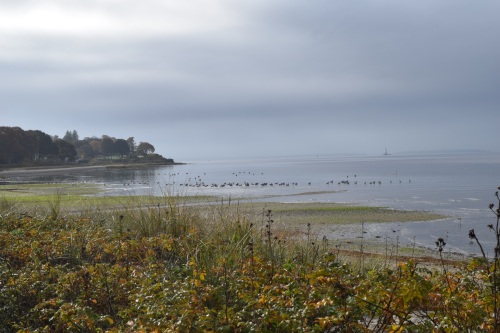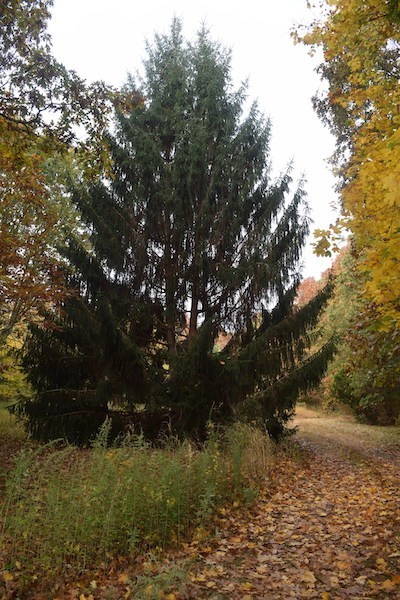![]()


Location:
PIC-WIL is located on Washington Road, across from Tallwood Drive, in Barrington, RI.
Overview:
PIC-WIL Nature Preserve is a 23.9-acre expanse of forest, field, salt marsh, and coastal dunes on the east shore of the Providence River. The property was donated to the Nature Conservancy by Catherine Picerelli in December of 1986 and deeded to the Barrington Land Conservation Trust in 1987, to be preserved in perpetuity as a nature preserve. The Audubon Society has a conservation easement on the property and monitors it on a regular basis.
The donation was made in memory of the families of Peter J. Picerelli and Clifford M. Wilson: thus the name “PIC-WIL.” The property was once home to a bottling facility owned by Deep Water Rock Company, located on the south field, which closed in 1958. The north field was an organic farm until 2001. One-third of the property is covered by a mix of deciduous and conifer trees. It also has a tidal salt marsh that separates it from the abutting property to the west, which the Land Trust also owns. The property is home to deer, coyote, fox, weasels, squirrels, chipmunks, and rabbits.
Common birds of the marsh and tidal creeks include Mallards, American Black Ducks, Snowy and Great Egrets, Green-backed Herons, Great Blue Herons, and Osprey. Sharp-tailed Sparrows, Belted Kingfishers, and various shorebirds are other likely visitors of the wetland. Nesting birds of the forest and its shrub border include Song Sparrow, Carolina Wren, Blue Jay, Flicker, Cardinal, Goldfinch, Robin, Red-eyed Vireo, Mockingbird, Catbird, Brown Thrasher and others. Three plants at PIC-WIL have “special interest” status in the state of Rhode Island: Creeping Spikerush (Eleocharis rostellata), Maritime Seablite (Suaeda maritima) and Robust Bulrush (Scirpus robustus).
Access Level:
PIC-WIL Nature Preserve is a limited-access property, open only for guided tours or for scheduled research or educational activities.
Know Before You Go:
Dogs are not allowed on this preserve. Guided tours are held several times a year. You may register on our Events page or email Executive Director Cindy Elder.
Parking:
There is a small parking lot outside the gated entrance to PIC-WIL Nature Preserve, for use by volunteers, researchers, or participants.

